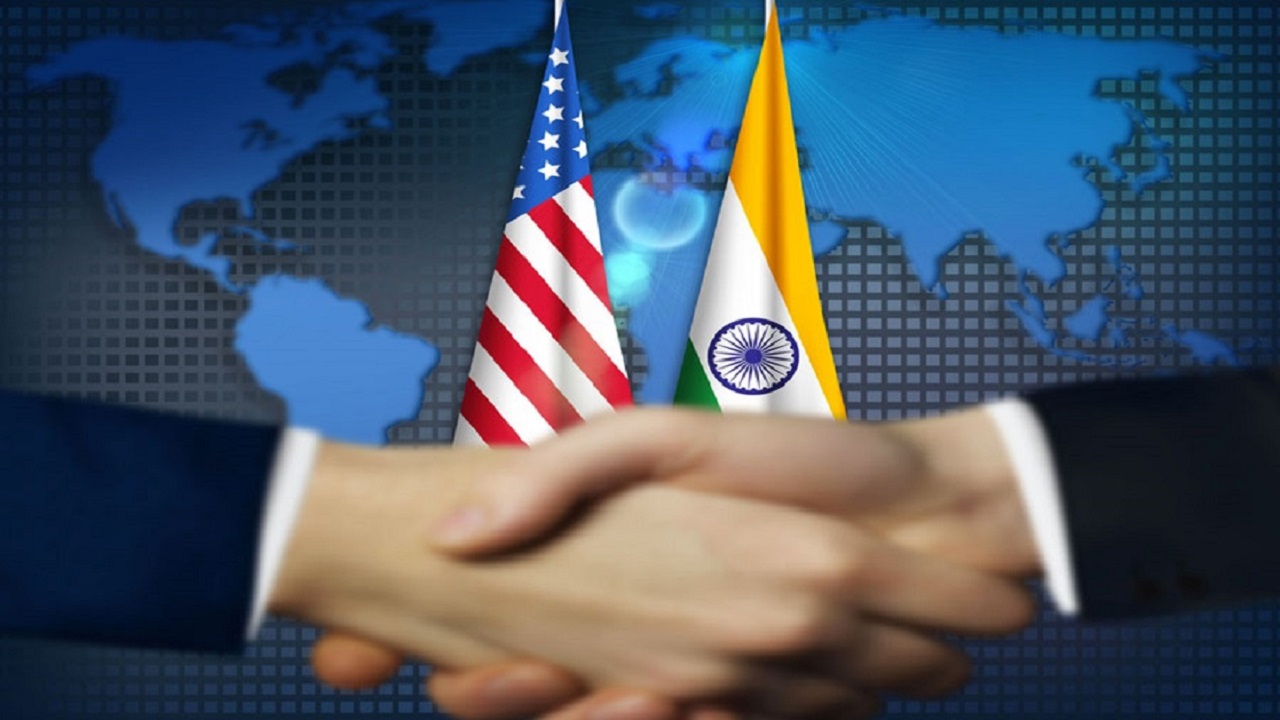India-U.S. Relations: Navigating Strategic Drift
Context
The India-U.S. relationship is widely regarded as one of the most significant strategic partnerships of the 21st century. Anchored in shared democratic values and driven by mutual geopolitical interests, the two countries have made notable strides over the past two decades. However, recent developments suggest a gradual but visible drift in the partnership. Understanding the causes, manifestations, and corrective steps is essential for restoring strategic trust and long-term alignment.
Trajectory of India-U.S. Ties: From Optimism to Unease
-
The relationship peaked with Prime Minister Modi’s early outreach to President Trump and bipartisan goodwill in Washington.
-
There was a strong emphasis on building a democratic, rules-based global order.
-
However, signs of policy inconsistency and symbolic missteps have led to strategic unease:
-
Trump’s hyphenation of India and Pakistan post-Operation Sindoor blurred strategic distinctions.
-
Hosting of Pakistan’s military chief by the U.S. also upset India’s diplomatic establishment.
-
Points of Friction
-
Economic Issues:
-
Despite U.S. trade deals with China, India’s manufacturing sector was indirectly discouraged (e.g., Apple investment concerns).
-
This affects India’s China-plus-one strategy.
-
-
Immigration Policies:
-
Uncertainty around the H-1B visa regime, a key pillar of India-U.S. tech cooperation, threatens Indian professionals in the U.S.
-
-
Security Concerns:
-
The Pentagon describing Pakistan as a "phenomenal partner" in counterterrorism contradicts India’s position on Pakistan’s involvement in cross-border militancy.
-
Such narratives reflect a Cold War-era mindset in some sections of the U.S. establishment.
-
Causes Behind Strategic Drift
-
Transactional Diplomacy:
-
The Trump administration’s focus on short-term benefits conflicts with India’s preference for gradual, long-term strategic alignment.
-
-
Overestimation of Pakistan’s Role:
-
Despite Pakistan’s ambiguous role in terrorism, some U.S. institutions continue to view it as strategically important, especially in relation to Afghanistan.
-
-
India’s Strategic Autonomy Misinterpreted:
-
India’s civilisational approach and autonomy in foreign policy is sometimes mistaken by U.S. analysts as indecisiveness.
-
Critics like Ashley Tellis argue that India suffers from “great-power delusions,” overlooking its calculated diplomacy.
-
Steps Toward Renewal
-
Avoid Reactive Diplomacy:
-
India must maintain strategic consistency, enhance its influence in Washington through Congress, think tanks, and diaspora networks.
-
-
Accelerate Economic Reforms:
-
Domestic reforms are crucial not for appeasement but to boost investor confidence and competitiveness.
-
Focus areas: regulatory clarity, infrastructure upgrade, and high-value manufacturing.
-
-
Reframe Immigration Dialogue:
-
The H-1B issue should be positioned as a mutual driver of innovation, not as a one-sided concession.
-
-
U.S. Support in Capacity Building:
-
The U.S. must abandon outdated frameworks and recognize India’s value in shaping democratic supply chains and Indo-Pacific security.
-
Rediscovering Strategic Purpose
-
The relationship must move beyond anti-China alignment or market access goals.
-
It should aim to co-create a pluralistic and democratic world order.
-
The 2005 Civil Nuclear Deal is an example of bold, trust-based diplomacy that defied convention.
-
Current tensions offer a chance for course correction, not a sign of failure.
Conclusion
The India-U.S. partnership has previously endured sanctions, climate disagreements, and regional security differences, only to emerge stronger.
Today, it stands at a critical juncture, where both nations must resist losing a generational opportunity.
If both sides recommit to clarity, candour, and strategic purpose, the relationship can weather present challenges and contribute meaningfully to a stable, democratic, multipolar world order.




Comments (0)